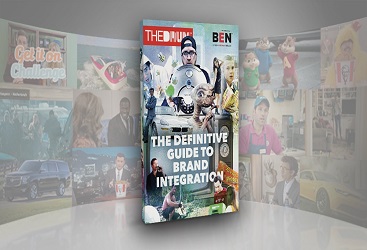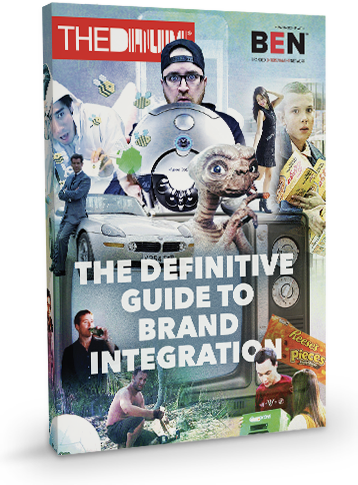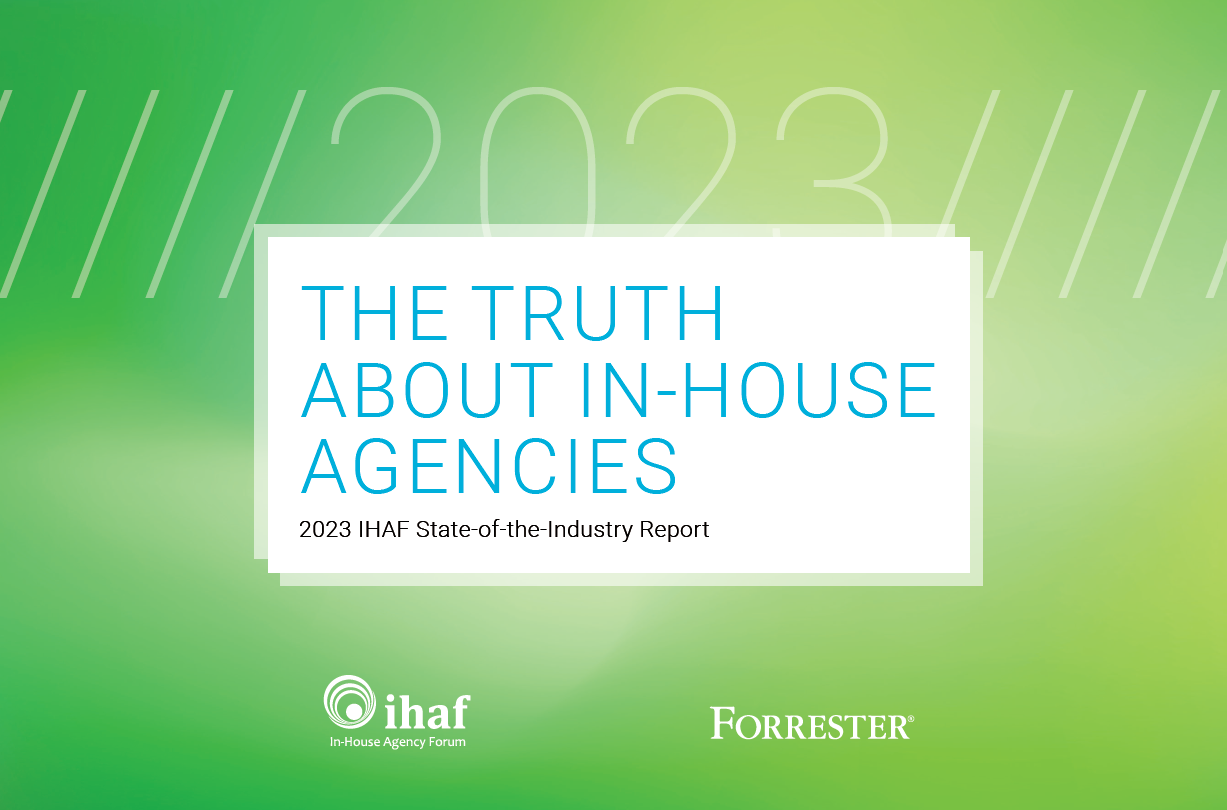The Definitive Guide to Brand Integration

Over the past ten years, I’ve had the good fortune to travel around the world talking with chief marketing officers and their marketing teams about brand integration.
 It’s been an incredible journey—from the early days of skepticism about the power of social media influencers and a decades-old assumption that getting brands into television and film content was a vanity play, to today’s understanding that brand integration is an incredibly effective marketing tool that should be part of every brand’s media plan.
It’s been an incredible journey—from the early days of skepticism about the power of social media influencers and a decades-old assumption that getting brands into television and film content was a vanity play, to today’s understanding that brand integration is an incredibly effective marketing tool that should be part of every brand’s media plan.
Brand integration has become increasingly important in recent years as we have seen a shift in how viewers consume content, with audiences doing everything possible to avoid traditional and digital advertising that disrupts the viewing experience. In fact, by 2017, according to eMarketer, around 27% of Americans installed online ad-blockers. Just recently, Google Chrome implemented a code to block certain online advertisements even though digital advertising accounted for more than 86% of the company’s $111bn revenue in 2017. On the television side, Fox recently announced it would reduce ad time to two minutes per hour by 2020, while NBCUniversal pledged to cut the number of ads in prime-time programming by 20%.
It is safe to say that the future of advertising is inside the content. Brand integration enables marketers to reach consumers in a more authentic and meaningful way. This development means more than getting your brand into TV shows and feature films. It means looking into a variety of content on multiple platforms including influencer content on digital platforms such as Instagram, YouTube and Twitch.tv.
It is certainly time for marketers to start looking at brand integration more seriously. Major companies, including Microsoft, GM, Proximo, Dyson and P&G, have already begun to stake their claim in the streaming landscape. In 2017, 92% of the top 25 streaming shows featured brand integrations. And successful ongoing campaigns on social media platforms like Instagram can provide brands with click-through rates of 10%-13%. As we like to say, brand integration is unskippable, unblockable and unstoppable.
With more than 35 years of experience under our belt, we have learned that the most effective brand integration needs to be planned and executed as a holistic strategy. This guide shares some of the best practices we’ve picked up along the way. We are confident that you will find it useful, whether you are new to brand integration or a seasoned veteran.
The Definitive Guide to Brand Integration gives brands the upper hand on making a real, tangible impact. Learn what makes integration effective, how measurement continues to evolve, the influencer space and more. Click here to download this critical intelligence today.
- advertising,
- agency,
- association,
- brand,
- branded entertainment network,
- butler,
- campaign,
- client,
- CMO,
- content,
- corporate,
- creative,
- digital,
- guide,
- influencer,
- IHAF,
- in-house,
- insource,
- integration,
- internal,
- landscape,
- leadership,
- management,
- marketing,
- media,
- membership,
- microsoft,
- networking,
- professional,
- programming,
- social,
- trends
Recent Posts

In-House Data: Fact or Fiction?
October 16, 2023
I’m going to be honest with you, which I always am but this time it’s scary honesty. There are a lot of in-house agency research reports out there. And not all of them contain data that are close to the integrity of the studies IHAF publishes—the next of which drops at the IHAF conference on …

IHAF Wrapped
December 20, 2023
One of our favorite things to do at year-end is look back at the events, presentations, and online resources our members tapped most. (Why should Spotify have all the fun?) Here are a few of your favorites in 2023:
• New Assortment of Org Charts Download • Updated Job Profiles …



















%20(1).pdf%20-%20Copy.jpg)

%20(1).png)


No Reader Comments